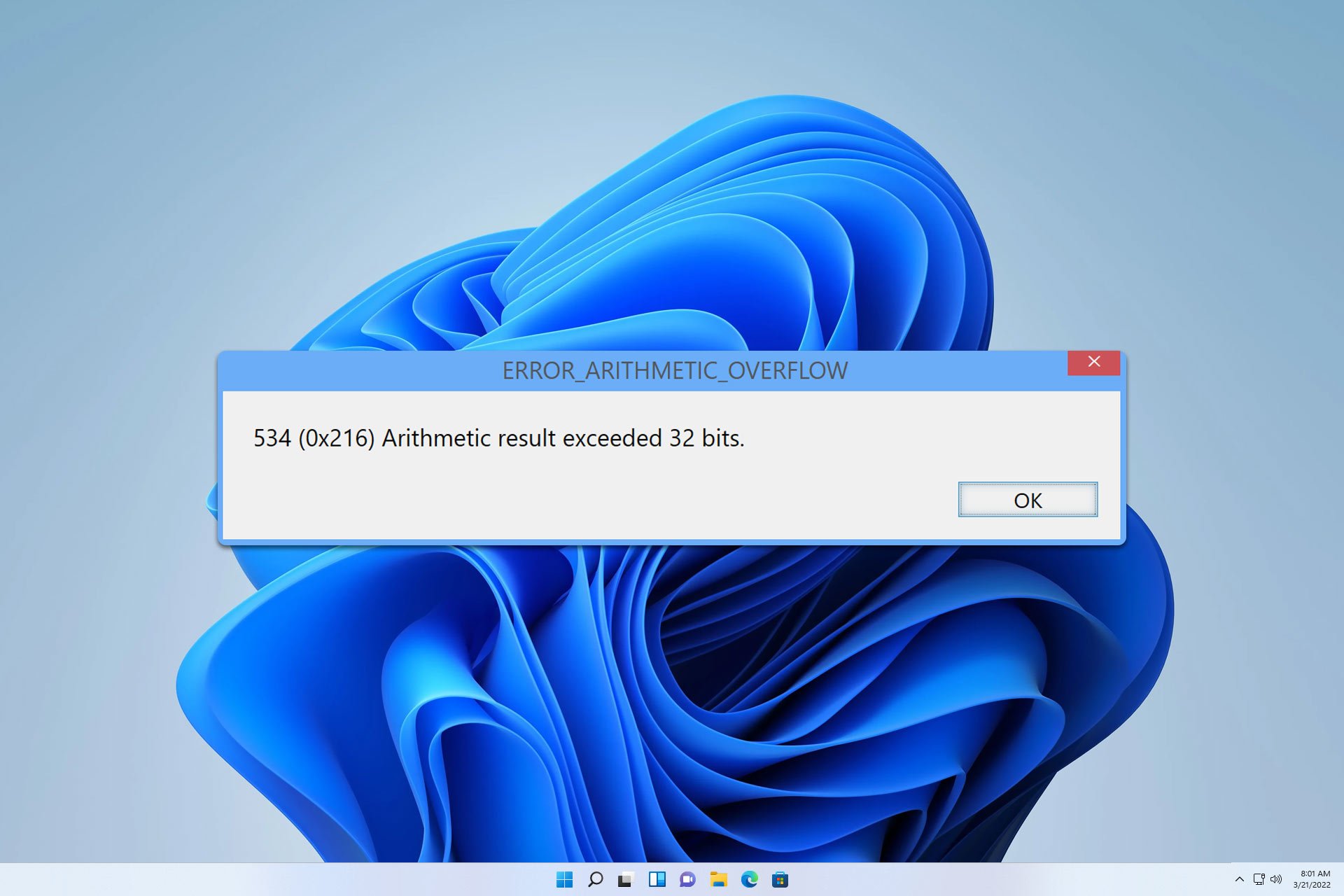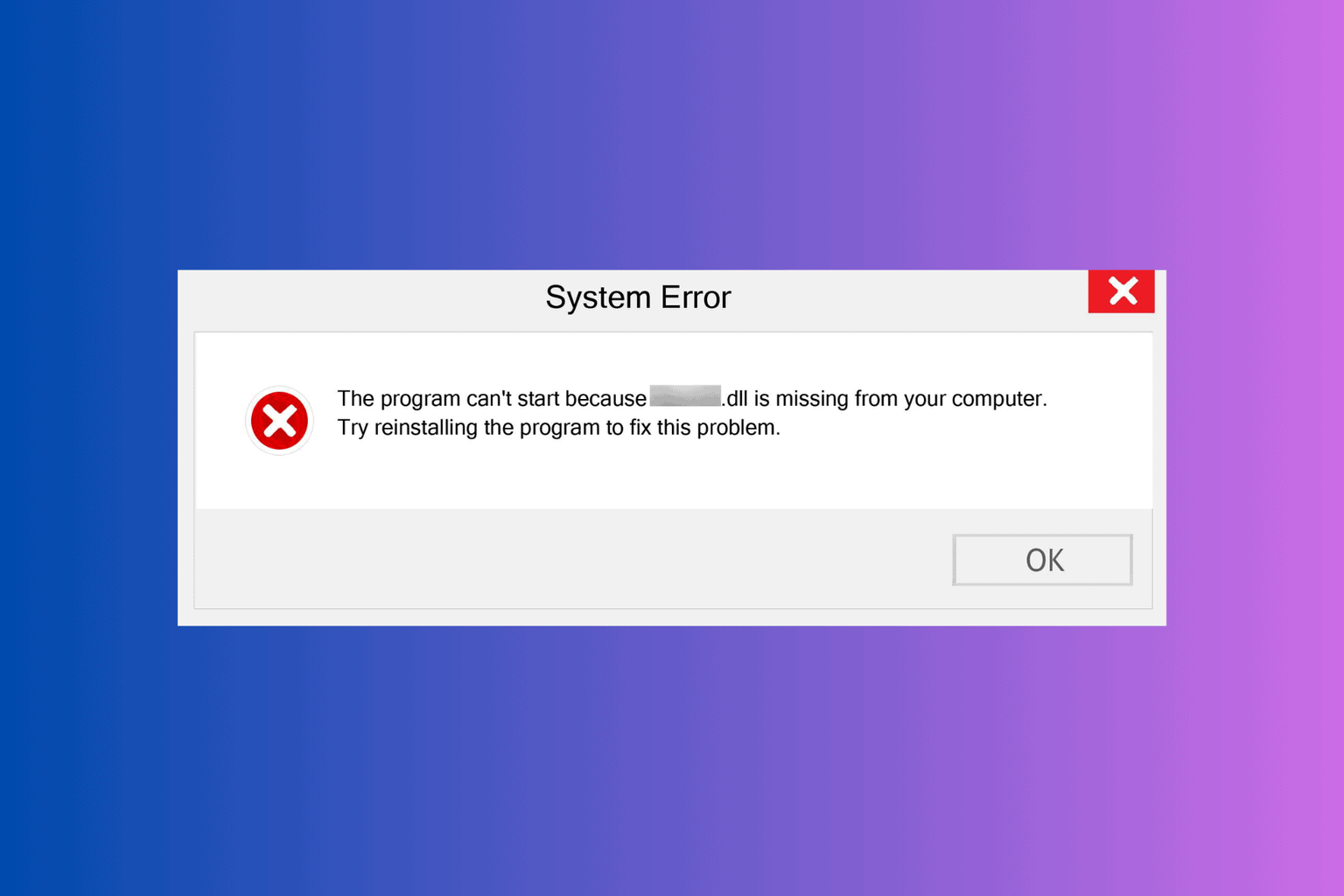Defence Ministry of India switches from Windows to ‘Maya’ OS and ‘Trap’ to boost cybersecurity
2 min. read
Published on
Read our disclosure page to find out how can you help Windows Report sustain the editorial team. Read more

The Defence Ministry of India is taking measures to address the increasing cyber and malware attacks on critical infrastructure. Reportedly, they’re transitioning from Windows to an open-source operating system like Maya, based on Ubuntu. Open-source systems tend to provide greater transparency and allow for continuous security auditing, which can help identify and mitigate potential vulnerabilities more effectively.
Last month Indian Computer Emergency Response Team (CERT-In) issued a warning of a critical vulnerability in Microsoft products.
The new Maya OS is designed to have a user-friendly interface and functionality similar to Windows, making the transition smoother for users. This similarity should reduce the learning curve for employees accustomed to Windows. The new OS is expected to enhance cybersecurity by preventing malware attacks and other cyber threats that have been on the rise.
-Finally❗️
-Keeping in mind increased #cyber & #malware attacks on defence & critical infra across #India by #China based hackers #Indian Def Ministry to replace Microsoft OS in all computers with new indigenous Operating System ‘Maya’ pic.twitter.com/1DsDY4ephL— Insightful Geopolitics (@InsightGL) August 9, 2023
The Indian Defence Ministry aims to install Maya OS on all computers connected to the internet in South Block before August 15. Besides the new Maya OS, the Defence Ministry also implements an ‘endpoint detection and protection system’ called Chakravyuh, which simply translates to ‘Trap’ in English.
Currently, Maya OS is installed only on Indian Defence Ministry systems. However, the three Services (Army, Navy, and Air Force) have been involved in the vetting process. They are likely to adopt it on their respective networks as well.
Government development agencies developed Maya OS within a six-month timeframe. It’s encouraging that the Navy has already cleared it, and the Army and Air Force are evaluating it before adopting it onto their networks.
via Gizbot








User forum
0 messages